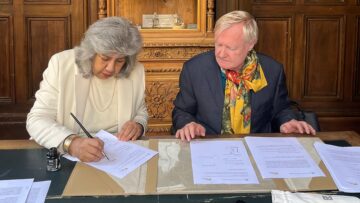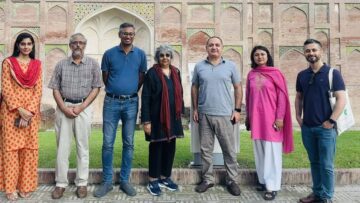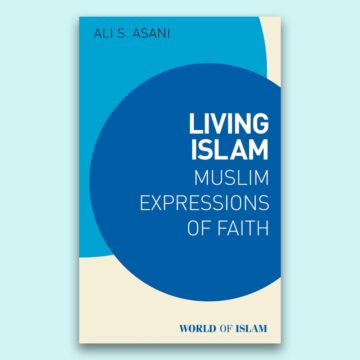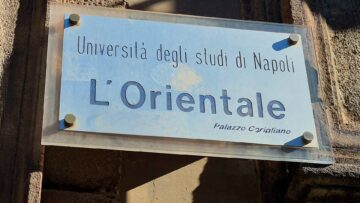Based on a series of lectures given at the Institute in May 1999, Beauty and Islam explores aesthetics in classical Islamic thought in the context of contemporary theories. Valérie Gonzalez offers new perspectives on Islamic art and architecture with examples ranging from the Qur’an and the geometry of the Alhambra to the works of present-day artists and philosophers. Tracing the roots of Islamic aesthetics back to the works of great philosophers of the Middle Ages such as Ibn Sina (Avicenna) and Ibn Rushd (Averroes), Gonzalez shows that aesthetic theory in Islam belongs within the wider context of medieval thinking on theology, ethics, physics and metaphysics. This original and stimulating work brings fresh insights to its subject by considering traditional Islamic architecture, miniatures and ceramics alongside the works of modern artists such as Frank Stella, Mark Rothko and Edward Ruscha.
The latest addition to The Ismaili Texts and Translations Series, Struggling with the Philosopher is a new Arabic edition and English translation of al-Shahrastani’s Kitab al-Musara‘a. In this work, al-Shahrastani gives a detailed critique of the thought of the great Persian philosopher Avicenna (Ibn Sina). The greater part of his ‘intellectual wrestling match’ (musara‘a) is devoted to refuting Avicenna’s interpretation of the ‘Necessary Being’ (wajib al-wujud) which, he argues, compromises the absolute transcendence of God. For al-Shahrastani, God is beyond human conception and above all opposites such as existence and non-existence, unity and multiplicity, good and evil, or truth and falsehood. There is compelling evidence that this conception of God, which al-Shahrastani believed was derived from prophetic precepts, is closely associated with that of Ismailism.






